.png)
Can Contract Analytics Become the New KPI Engine for CFOs?
Modern CFOs stand at a critical intersection where financial responsibility, digital innovation, and strategic influence meet. Their role is no longer limited to managing budgets or presenting quarterly reports. Today, a CFO must interpret real-time data, anticipate financial risks, forecast outcomes, and drive long-term enterprise value.
But this shift comes with pressure.
Finance leaders must achieve more with fewer resources, report with precision, and forecast with confidence. They must also manage increasingly complex business environments, tighter regulatory mandates, and dynamic cost structures. Yet the biggest challenge often lies much closer to home: contracts.
Contracts control revenue inflows, cost outflows, obligations, payment timelines, renewal risks, vendor performance, customer commitments, and regulatory requirements. In short, contracts quietly shape the heartbeat of an organization’s financial health.
But the problem is simple.
Most organizations still treat contracts as static files stored in scattered folders, inboxes, or spreadsheets. This lack of visibility leads to value leakage, unnecessary spending, revenue delays, and compliance risks.
This is why more CFOs are now asking a powerful question:
Can contract analytics become the new KPI engine that fuels real-time financial intelligence?
The short answer is yes.
But the longer answer reveals a deeper transformation-one that reshapes how finance teams measure success, control financial performance, and anticipate future outcomes.
The Contract Data Revolution: Why CFOs Need Analytics More Than Ever
CFOs have always depended on numbers. But traditional systems were built for a time when financial planning.webp?width=300&height=300&name=Untitled%20design%20(72).webp) relied on predictable cycles, manual reporting, and linear workflows. Today’s digital businesses demand far more agility.
relied on predictable cycles, manual reporting, and linear workflows. Today’s digital businesses demand far more agility.
- Every financial decision rests on data.
- Every risk lies hidden inside a clause.
- Every opportunity is triggered by insight.
Contract analytics turns static contract documents into live sources of financial intelligence. Instead of merely storing agreements, analytics extracts meaning from them. It pulls out dates, obligations, value terms, risk clauses, and performance data—and turns them into measurable metrics.
This shift changes everything.
It gives CFOs real-time visibility into spending, committed revenue, upcoming liabilities, compliance exposures, and renewal opportunities. It converts complex legal language into structured data points. It removes the guesswork from forecasting.
Most importantly, it builds a financial system driven not by assumptions, but by actual contractual reality.
In this sense, contract analytics is not just a tool-it becomes the engine behind modern KPIs.
CFOs can now track:
- Revenue from active and upcoming contracts
- Spending tied to vendors and procurement agreements
- Contract cycle time delays that affect cash flow
- Renewal risks that impact recurring revenue
- Compliance gaps that increase exposure
- Performance deviations that erode value
Each insight directly influences financial outcomes, making contract analytics indispensable for modern finance operations.
From Visibility to Intelligence: How Contract Analytics Becomes a KPI Engine for CFOs
If contracts decide your revenue, costs, and compliance, then contract analytics becomes the natural source of.webp?width=300&height=300&name=Untitled%20design%20(73).webp) financial KPIs.
financial KPIs.
This is why many CFOs see AI-driven CLM platforms as their most strategic financial system after ERP.
Contracts as the Source of Predictive Revenue Intelligence
Sell-side agreements dictate customer payments, delivery obligations, pricing changes, renewal cycles, and penalties. Without visibility into these elements, revenue forecasts become guesses instead of data-driven projections.
Contract analytics helps CFOs view:
- Expected revenue based on contract value and timelines
- Deviations triggered by disputes, performance delays, or renegotiations
With this clarity, forecasts become sharper, and long-term planning becomes reliable.
Contracts as the Blueprint of Cost Control
Buy-side contracts define vendor costs, service pricing, discount eligibility, auto-renewals, and procurement obligations. Missing these details can lead to overspending, vendor underperformance, or avoidable cost escalations.
With analytics, CFOs can instantly identify:
- Vendor agreements with poor performance
- Contracts eligible for renegotiation
- Duplicate spend in siloed departments
This transforms the CFO’s cost management strategy from reactive to proactive.
Contracts as a Map of Financial Risks
Risk is rarely loud. It hides in ambiguous clauses, outdated terms, missed deadlines, or obligations that no one is monitoring.
Contract analytics highlights risks across the portfolio by uncovering:
- Compliance gaps
- Risky clauses
- High-exposure terms
- Mismatched obligations
For CFOs, this real-time risk map becomes essential for protecting enterprise value.
Contracts as a Clock for Cash Flow Timing
Late payments, delayed approvals, long negotiation cycles, or missed renewals all slow down cash movement.
Analytics reveals:
- Cycle times
- Cash inflow patterns
- Clause-driven payment obligations
This helps finance leaders stabilize working capital and improve liquidity forecasting.
Contracts as a Window into Renewal Opportunities
Every expiring or renewable contract represents either a risk or an opportunity. Contract analytics ensures no renewal slips through the cracks.
Finance teams receive early alerts related to:
- Renewals
- Expirations
- Termination windows
- Re-negotiation opportunities
This makes revenue retention easier and eliminates unnecessary costs tied to forgotten auto-renewals.
Through all these functions, contract analytics becomes a continuously running financial engine-powering KPIs that reflect the true financial state of the business.
Why CFOs Must Treat Contract Analytics as a Strategic Investment
There was once a time when CLM and contract analytics were viewed as legal tools. Today, they are considered.webp?width=300&height=300&name=Untitled%20design%20(74).webp) financial infrastructure.
financial infrastructure.
This shift is driven by the growing expectation that CFOs deliver value beyond financial reporting.
They must reduce costs without slowing growth.
Analytics helps pinpoint inefficiencies hide in procurement agreements or service contracts.
They must identify revenue opportunities faster.
Contract data reveals upselling potential, expiry-based re-engagement windows, and performance-based incentives.
They must strengthen compliance.
Automated tracking ensures adherence to regulations such as GDPR, ISO, DPDP, and other financial mandates.
They must support risk-aware decision-making.
AI models detect anomalies, highlight obligations, and alert teams about financial exposures.
They must provide real-time KPI reporting.
Dashboards consolidate contract-related financial data into a single source of truth.
They must drive digital transformation.
Integrations with ERP, CRM, accounting software, BI tools, and eSignature solutions create a connected and intelligent finance ecosystem.
They must enable faster deal cycles.
Automated workflows accelerate approvals, shorten cycle times, and speed up revenue capture.
As businesses scale, contract volumes rise, and manual processes cannot keep up. CFOs who rely on spreadsheets or decentralized systems face growing blind spots that restrict financial performance.
Contract analytics replaces these blind spots with full visibility.
Can contract analytics become the new KPI engine for CFOs?
Yes-absolutely.
In fact, it is already happening across digitally mature enterprises. Contract analytics is becoming the backbone of modern financial intelligence because it enables CFOs to measure what truly matters:
- Real-time revenue performance
- Cost efficiency
- Contract-related risks
- Obligation compliance
- Vendor value
- Contract duration impact
- Renewal-based financial planning
- Strategic decision accuracy
Contracts shape financial outcomes.
Contract analytics turns these outcomes into KPIs.
CFOs use these KPIs to drive enterprise value.
This makes contract analytics not just a supporting tool but a primary financial engine-one that fuels growth, efficiency, and resilience.
Conclusion
Finance leaders are entering a new era where data drives decisions, AI enhances judgment, and analytics becomes the foundation of financial success. Traditional reporting systems cannot keep up with evolving models, complex contracts, and rising risks.
Contract analytics provides what CFOs have always needed but never fully had:
Real-time, contract-driven financial truth.
With this truth, they can forecast better, negotiate smarter, spend wisely, protect compliance, eliminate risks, and drive sustainable value creation.
Contract analytics is more than technology.
It is the new language of financial intelligence-one that empowers CFOs to act with clarity, precision, and confidence.
Many enterprises struggle with invisible value leaks, compliance gaps, and unclear contractual obligations.
Dock 365 CLM changes that.
With AI-powered contract analytics, Dock 365 gives CFOs complete visibility into spending, revenue, risks, renewals, and compliance. It turns static documents into financial intelligence accessible in real time.
Schedule a free demo with Dock 365 today and transform your contract operations and financial strategy.
Book a Live demo
Schedule a live demo of Dock 365's Contract Management Software instantly.
.jpg?width=1260&height=1205&name=Image%20(2).jpg)
Written by Fathima Henna M P
As a creative content writer, Fathima Henna crafts content that speaks, connects, and converts. She is a storyteller for brands, turning ideas into words that spark connection and inspire action. With a strong educational foundation in English Language and Literature and years of experience riding the wave of evolving marketing trends, she is interested in creating content for SaaS and IT platforms.


